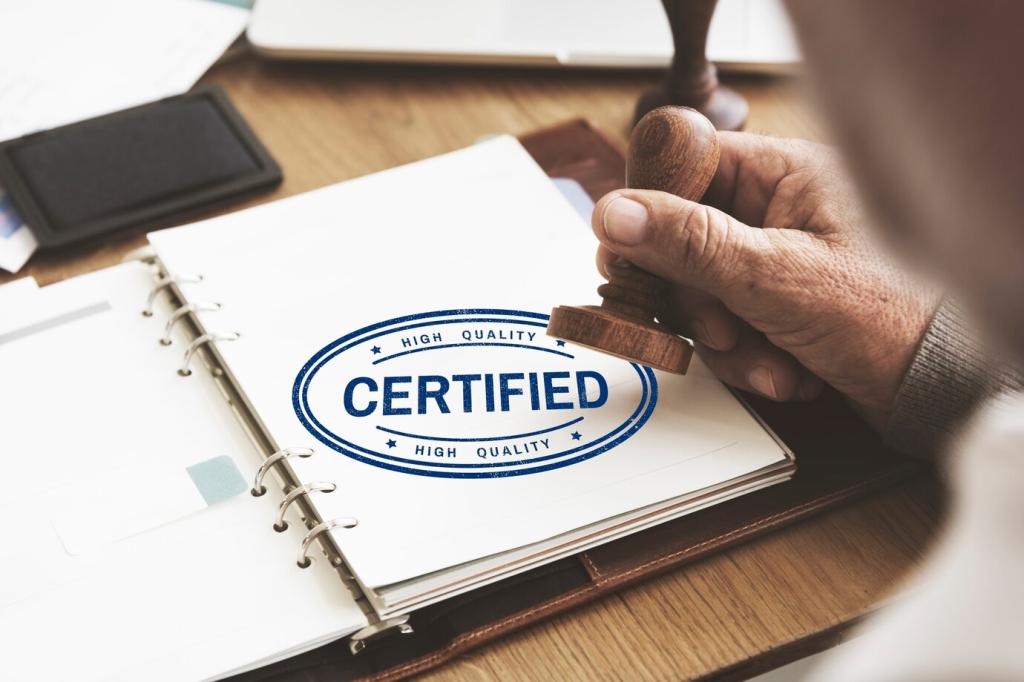
How to Choose the Right Guide Certification Program
Embarking on a career as a professional guide is both exciting and rewarding, but selecting the right certification program is a crucial first step to your success. With the wide variety of programs available today, it can be overwhelming to determine which one best suits your goals, aspirations, and current qualifications. This comprehensive guide will walk you through the key aspects to consider when choosing a guide certification program, providing you with the knowledge and confidence to make an informed decision for your future in guiding.
Understanding Certification Types

Many regions offer national or local guide certification programs. National certifications often have wider recognition and may allow you to work in multiple locations across your country. Local certifications, on the other hand, tend to be specialized and may focus on the unique features, regulations, and customer expectations of a particular area or destination. When considering which program is best, reflect on where you plan to practice guiding and the level of mobility you desire in your career. The right certification can provide credibility and open more employment opportunities within your preferred geographic area.
Evaluating Program Content and Structure
Curriculum Relevance
A program’s curriculum is at the heart of your professional training. It should cover essential areas such as local history, environmental awareness, group management, and emergency response procedures. Some programs may also include language skills, digital tools for guiding, and business management, depending on the needs of the industry segment. Reviewing the course syllabus helps you determine whether the program keeps pace with current trends and challenges in the guiding sector. The most respected programs regularly update their content to remain relevant, preparing you to meet the dynamic demands of today’s diverse clientele.
Practical Training Opportunities
Real-world experience is crucial for developing confidence and competence as a professional guide. Look for programs that include internships, fieldwork, or on-site training as a fundamental part of their structure. Such opportunities allow you to apply classroom learning in authentic settings, hone your communication abilities, and address the unpredictable scenarios you’ll encounter on the job. Well-structured practical components are usually mentored by experienced guides, equipping you with valuable feedback and networking opportunities. This blend of theory and practice ensures a smoother transition from student to skilled professional.
Flexibility and Delivery Mode
People pursuing guide certification have varied schedules and learning preferences. Some may need weekend or evening courses, while others may be looking for intensive full-time programs. Online learning options have expanded significantly, allowing greater flexibility for those who cannot attend in-person classes. When assessing a program, consider whether it offers the delivery mode and timing that fit your lifestyle and commitments. A flexible program can allow you to balance your training with other responsibilities, keeping your career ambitions on track without unnecessary disruption.
Assessing Accreditation and Reputation
Accrediting organizations evaluate and endorse guide certification programs to make sure they adhere to rigorous educational and ethical standards. These might be governmental tourism boards, international guiding federations, or respected non-profit organizations. A program with accreditation is regularly reviewed for quality and improvement, giving you confidence in its legitimacy. Confirming the program’s accreditation status and understanding the reputation of the accrediting body can give you peace of mind that your certification will be respected within the industry, providing the foundational credentials for your guiding career.
Join our mailing list
